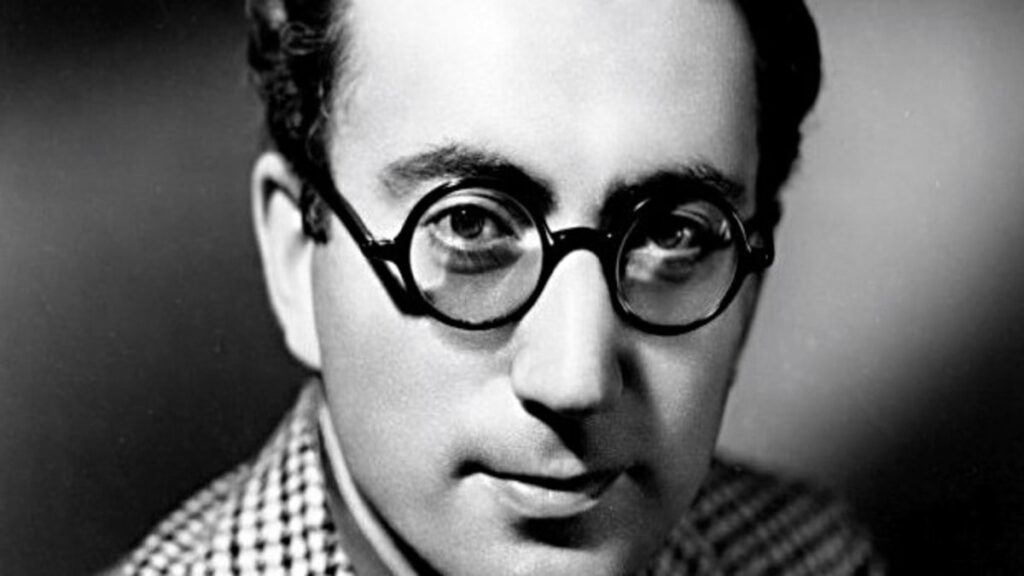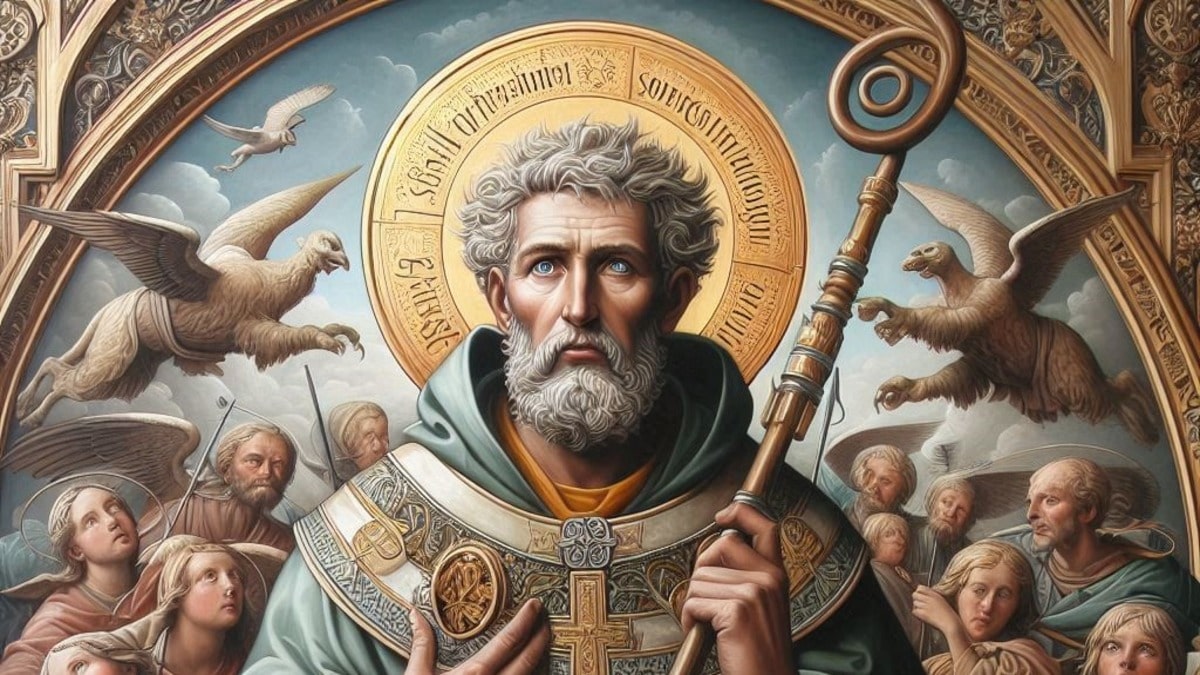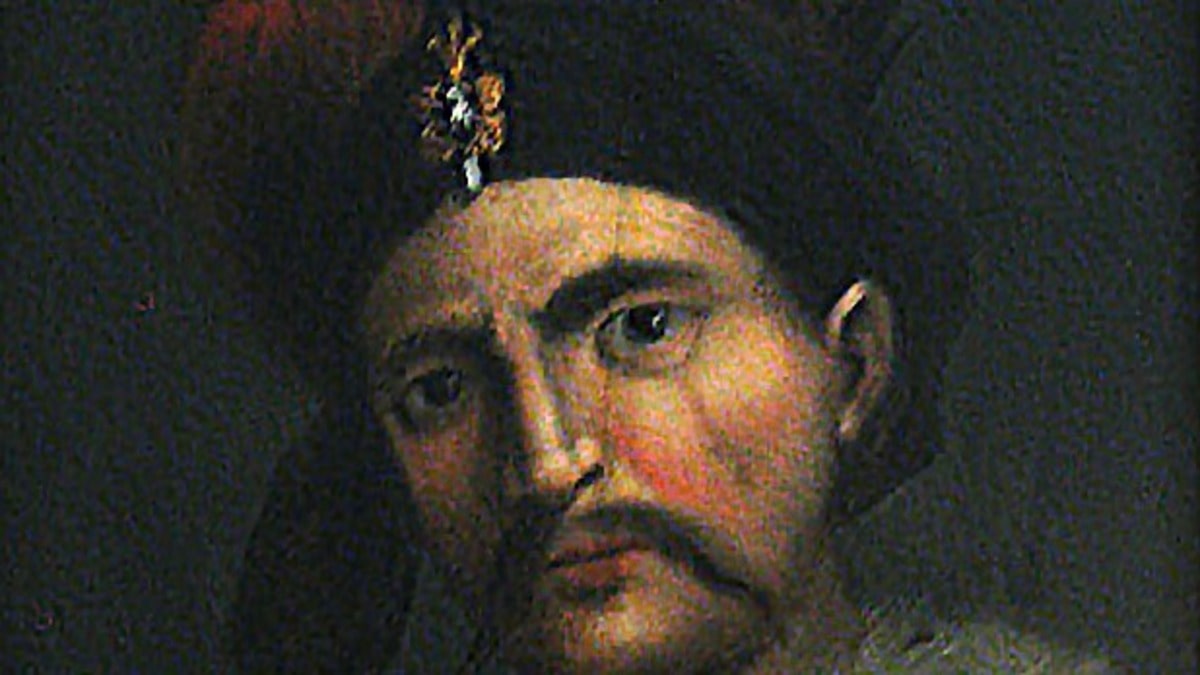
Rouben Mamoulian, born on October 8, 1897, in Tiflis (now Tbilisi), Georgia, left an indelible mark on the world of film and theater. As one of the first major directors to emerge during the transition to sound films, Mamoulian’s innovative techniques continue to influence filmmakers today.
Early Life and Background
Mamoulian hailed from a family of Armenian descent. His mother, Virginia Kalantarian, was a director in the Armenian theater, while his father, Zachary Mamoulian, held the position of a bank president. This rich cultural heritage would shape Mamoulian’s artistic sensibilities throughout his career.
Academic and Stage Career
In 1923, Mamoulian accepted an invitation from George Eastman to co-direct the American Opera Company in Rochester, New York. He also taught at the Eastman School of Music, where he produced operas such as “Carmen,” “Faust,” and “Boris Godunov.” During this time, he collaborated with legendary dancer Martha Graham on a short film titled “The Flute of Krishna”.
Mamoulian’s Broadway directorial debut came with DuBose Heyward’s “Porgy” in 1927. He went on to direct notable works like “Oklahoma!” (1943), “Carousel” (1945), and “Lost in the Stars” (1949). However, his most significant contribution was staging the revival of “Porgy” in 1929, along with George Gershwin’s operatic masterpiece, “Porgy and Bess” (1935).
Film Career and Innovations
In 1929, Mamoulian directed “Applause,” one of the early sound films. This landmark movie showcased his pioneering use of camera movement and sound. His adaptation of Robert Louis Stevenson’s “Dr. Jekyll and Mr. Hyde” (1931) remains a classic, and “Queen Christina” (1933) was Greta Garbo’s final film with John Gilbert. Both films benefited from being made before the strict Hays Code regulations took effect.
Perhaps Mamoulian’s most celebrated work is the musical film “Love Me Tonight” (1932). Known for its seamless integration of music, dialogue, and visuals, it exemplifies his resourceful approach to storytelling. His legacy endures as a trailblazer who pushed the boundaries of cinematic art, forever leaving his mark on the silver screen.
Rouben Mamoulian’s contributions to film and theater continue to resonate. His innovative spirit, combined with his Armenian heritage, shaped a remarkable career that inspires filmmakers to this day. Let us remember this visionary director who forever changed the way we experience cinema.
Artatsolum
References:
Learn more


